Under Pressure from Tribes, Canadian Coal Mine to Undergo Federal Review
Federal environmental assessment will take into account adverse downstream impacts to Montana waters, including Lake Koocanusa and the Kootenai River
By Tristan Scott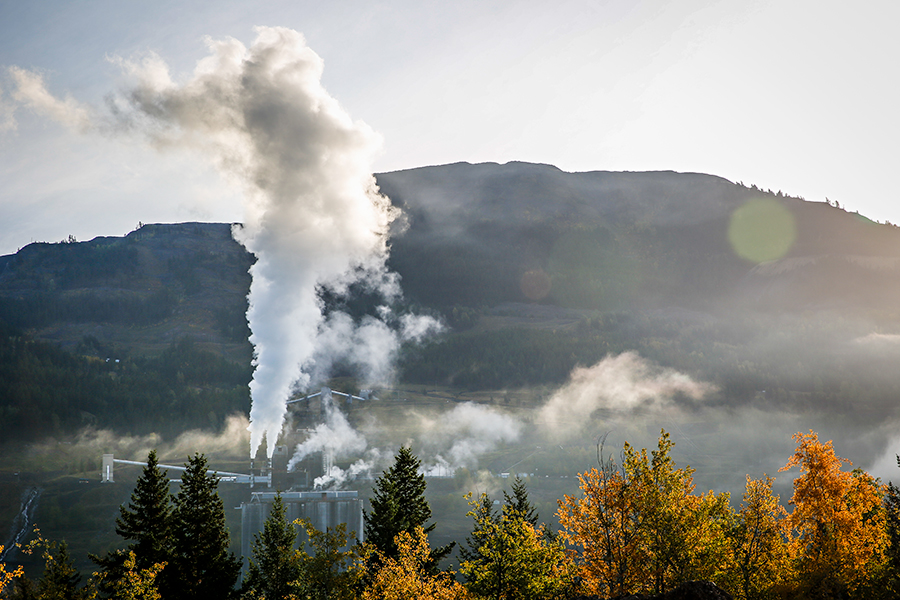
Facing pressure from the Confederated Salish and Kootenai Tribes and other Montana stakeholders, Canadian environmental authorities have agreed to conduct a full-scale federal review of a proposed coal mine expansion along southeastern British Columbia’s Elk River, a tributary of the Kootenai River and Lake Koocanusa, the sprawling international waterway that has become a veritable settling pond for Canada’s industrial mining waste.
In agreeing to the review, the federal agency acknowledged that the proposed project “may cause adverse direct and cumulative effects to areas of federal jurisdiction, including to transboundary environments (in particular to fish and fish habitat, including water quality, species at risk, and Indigenous peoples).”
The Aug. 19 decision by Canada’s Minister of Environment and Climate Change Jonathan Wilkinson centers on a proposal by B.C.’s Teck Resources, the province’s largest mining company, which is laying plans for a new coal mine expansion called the Castle Mountain Project.
The Castle Mountain Project would be located northwest of Waterton-Glacier International Peace Park, and would produce an estimated 10 million metric tons of coal per year. It would be part of the existing Fording River Mine complex, which for decades has been strip-mining the mountains of B.C.’s Elk River Valley. The project is one of four new proposed mountaintop removal coal mines in the Elk, where existing mines regularly exceed water quality thresholds, with some pollutants registering at 100 times the provincial guideline.
Although the Castle project had been proceeding through a provincial environmental review, a full-scale federal environmental impact assessment is more stringent and considers the adverse and cumulative effects to downstream international waterways, fisheries, First Nations, and U.S. tribes — all areas of federal jurisdiction. Further justifying the broader analysis, the mine expansion would produce significantly more coal than the threshold required to trigger a federal review.
Teck spokesperson Chad Pederson said Wilkinson’s decision was “unfortunate,” and that the company believes the provincial review was sufficient.
“The Castle project has already been proceeding through a rigorous provincial environmental review process,” Pederson said in a statement.
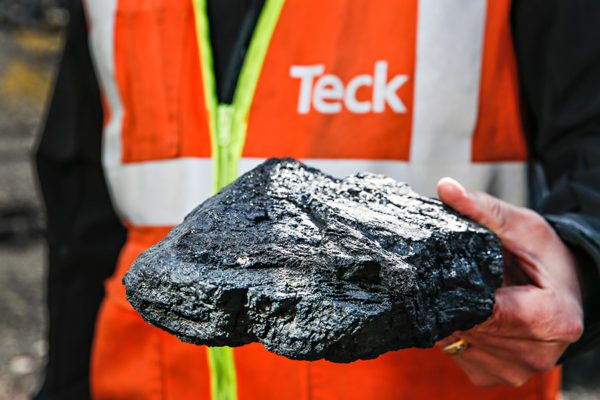
But a coalition of tribes, as well as separate U.S.-based organizations and agencies, say a full Canadian federal review is needed to determine the potential impacts to the transboundary region’s water, fish and wildlife, as well as downstream communities. Formal requests were submitted to the Minister by the state of Montana, the state of Idaho, the U.S. Environmental Protection Agency, CSKT, the Kootenai Tribe of Idaho, the Ktunaxa Nation of B.C., 17 environmental organizations, and other downstream stakeholders.
In his decision, Wilkinson wrote that a higher standard of review is warranted to address threats to downstream ecosystems and their native fish populations, as well as the concerns expressed by Indigenous groups, the U.S. Environmental Protection Agency and other stakeholders. Wilkinson said he also considered the analysis of the Impact Assessment Agency of Canada (IAAC), which issued a lengthy report detailing the adverse effects of the primary pollutant, selenium, on aquatic ecosystems in B.C. and Montana.
The report notes that Teck’s plans to mitigate impacts to water quality remain unproven, even as B.C. continues to approve new mines and expansions like the Castle Project based in part on assurances made through the company’s water quality plan.
“The scale of the existing and future effects to water quality, in particular from contamination from selenium and the uncertainty associated with new technology required to treat these effects, means that potential direct and cumulative effects of the Project likely cannot be adequately minimized through project design and by the application of standard mitigation measures,” the IAAC report states.
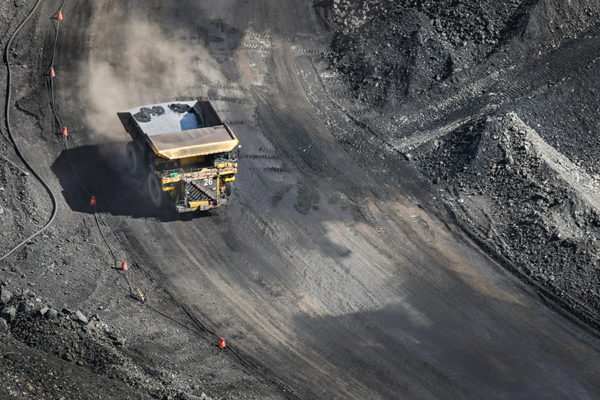
The presence of isolated and unique westslope cutthroat trout in the upper Fording River and their status under Canada’s federal Species at Risk Act (SARA), as well as recent population collapses linked to Teck’s mining operations, provides further justification for a federal review, according to the IAAC report.
“Given the precipitous decline of Westslope Cutthroat Trout in the upper Fording River, the existing water quality concerns, and the use of developing technologies for water treatment, the incremental effects of the Project could worsen the declining population of a federally listed species and increase contamination in the watershed,” the report states.
The IAAC’s report also notes that B.C.’s enforcement actions against Teck have been mounting for years, and despite extensive mitigation strategies laid out in the company’s Elk Valley Water Quality Plan, the pollution continues leaching into downstream waters seemingly unfettered.
“Despite these efforts, between December 2016 and January 2020, B.C’s Ministry of Environment and Climate Change Strategy issued 75 advisories, 34 warnings, two investigation referrals and eight administrative monetary penalty referrals relating to the proponent’s Elk Valley operations,” the IAAC report states. “Over the past five years, the Ministry has issued the proponent with over $600,000 in provincial court convictions, fines and penalties for various environmental violations related to water quality in the Elk Valley.”
Multiple U.S. Tribes and Canadian First Nations weighed in, with the CSKT and the Kootenai Tribe of Idaho taking the lead, along with the Ktunaxa National Council. Wilkinson acknowledged that the mine could have impacts on First Nations’ rights in their traditional territories.
Rich Janssen, director of CSKT’s Natural Resources Department, said he was encouraged by the decision to engage in a full federal review, and hoped that the same degree of scrutiny would be brought to all mining proposals that could jeopardize downstream water quality.
“This is really good news. We feel that our letter, along with the letters from the Kootenai Tribe of Idaho and the Ktunaxa Nation, might have influenced the Minister’s decision to consider the transboundary impacts to fish, water quality and our Aboriginal territory,” he said. “We feel that every new mine or mine expansion in the Elk Valley should be required to undergo a rigorous environmental assessment like this, given that they all pose the same risks to our Aboriginal territories. So we are very happy about this.”
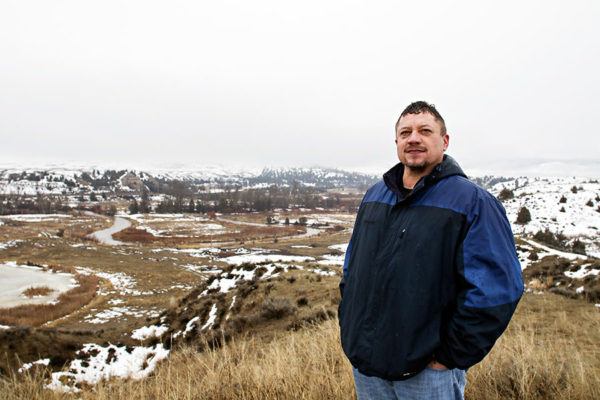
Meanwhile, the state of Montana and the B.C. government have been engaged in a five-year process to establish a pollution standard for selenium at the international border, where researchers from a multitude of agencies have been tracking the the inrush of contaminants for more than a decade while calling for the urgent need of mining reform in B.C.
Last week, scientists with the U.S. Geological Survey (USGS) recommended that the selenium pollution in Lake Koocanusa be capped at less than half of what Teck is already sending downstream, recommending a water concentration of 1 microgram per liter to protect the health of fish species.
Selenium is a naturally occurring element in sedimentary rocks and coal and can be toxic to fish at elevated levels, which are exacerbated by mining operations and the accumulation of waste rock, according to the EPA.
The new recommendation comes as selenium standards set by regulatory agencies have trended downward through the years, and is meant to help inform a years-long process through which the state of Montana has pledged to adopt a site-specific selenium standard in Lake Koocanusa by the end of the year.
In 2016, the EPA adopted a new selenium standard of 1.5 micrograms per liter, revising its old criteria that allowed water concentrations of 5 micrograms per liter, much higher than the Canadian standard of 2 micrograms per liter. The new criteria on selenium limits in freshwater sources revised a 17-year-old standard, which EPA scientists said was too high, and gave individual states the option of either adopting the recommendations or drafting their own rules.
In response, the Montana Department of Environmental Quality (DEQ) committed to establishing a site-specific selenium standard in Lake Koocanusa before the end of 2020.
“DEQ has been working for the past few years with B.C., Tribal Nations, and others on establishing a protective selenium standard with a target of having it completed in 2020,” according to an emailed statement from Gov. Steve Bullock’s office. “We are currently reviewing the USGS report, and expect to make decisions on a standard to propose for review through the rulemaking process in the coming weeks.”
But the selenium levels in Koocanusa are already bumping up against and exceeding the new levels, while the selenium levels in the Elk River directly below the mines far exceed them, reaching 70 micrograms per liter in some places with a rough average of 45 micrograms per liter.
According to a spokesperson from the governor’s office, the state is aware of the recent order designating Teck’s Castle project for federal environmental review.
“The state supports the decision and looks forward to working with the Canadian government as they complete their assessment,” according to the spokesperson.
Still, state officials say Lake Koocanusa presents unique management challenges in light of the international border, federal, state and provincial governments and tribal nations on both sides of the border.
“Given those unique challenges, Montana will continue to coordinate closely with our federal partners at the State Department and EPA as appropriate,” the Bullock spokesperson said. “The state believes there is an important federal role in issues related to monitoring, enforcement and tribal consultation moving forward.”
Tribal leaders have also formally requested that the state and provincial governments adopt a more stringent standard governing selenium, and have asked the federal government to refer the impaired watershed to the International Joint Commission (IJC), which is tasked with resolving transboundary water disputes under the 1909 Boundary Waters Treaty.
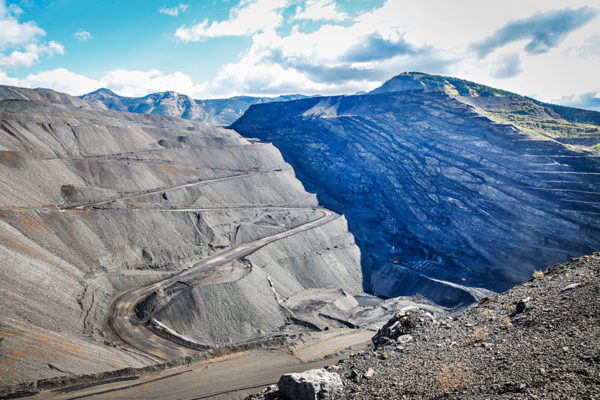
A coalition of 17 U.S.-based environmental organizations also submitted a request for the federal review, and applauded Wilkinson’s decision even as they warned of the legacy effects dealt to the water quality by existing mines for decades.
Dave Hadden, of Headwaters Montana, said the construction and expansion of mines adjacent to Waterton-Glacier International Peace Park not only sends harmful pollutants spilling into the waterways of Montana and Idaho, but the inrush of selenium won’t abate even if the mining operations shut down production today, such is the scope of the footprint and the size of waste-rock piles.
“We have real concerns that Teck’s coal mine pollution that crosses the border will be a permanent condition, regardless of the pollution control technology deployed to try and contain it,” Hadden said. “It can only reduce the pollution for as long as it’s switched ‘on,’ and to date Teck’s technology has been completely inadequate to the task.”
Lars Sanders-Green, the mining coordinator at Wildsight, a B.C.-based environmental group, said Wilkinson’s decision is an important first step in addressing the pollution problem that has spanned the international border for decades, and is underscored by last week’s recommendations by USGS to dramatically lower the selenium standard.
“Just last week, scientists announced that the amount of selenium pollution in Lake Koocanusa should be kept to less than half of what Teck is already sending downstream,” Sanders-Green said. “If Teck can’t show how they can reduce selenium pollution downstream of their mines in the long-term — that means without expensive short-term fixes like water treatment that just push the problem down the road — then no reasonable environmental assessment should approve this mine.”